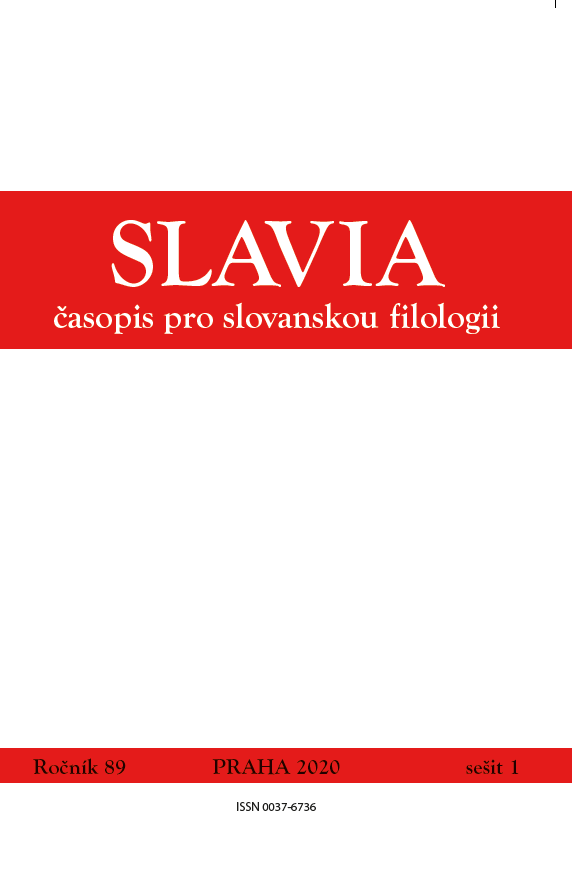Tvary bychom a bysme z pohledu teoretického i empirického
The bychom and bysme Forms from Both the Theoretical and Empirical Points of View
Author(s): Pavel SojkaSubject(s): Morphology
Published by: AV ČR - Akademie věd České republiky - Slovanský ústav and Euroslavica
Keywords: conditional mood; morphological variation; TV journalism; codification
Summary/Abstract: In present-day Czech, the conditional forms of the auxiliary verb být (bych, bys, by, bychom, byste, by) are the only survival of aorist, the original unmarked past tense that (by the end of the 16th century) was superseded by the analytic past tense. Since the personal endings of the conditional forms don’t correspond with the personal endings of other verb forms (hence, we can call them irregular), in nearly all dialects some original aorist forms were replaced by regular forms, particularly in the plural form of the first person (bysme instead of bychom). This paper aims to answer the question to what extent the non-codified form bysme is applied in present-day TV interviews. The examined specimen contains 200 recordings of the Interview ČT24 show.
Journal: Slavia - časopis pro slovanskou filologii
- Issue Year: LXXXIX/2020
- Issue No: 1
- Page Range: 86-103
- Page Count: 18
- Language: Czech

